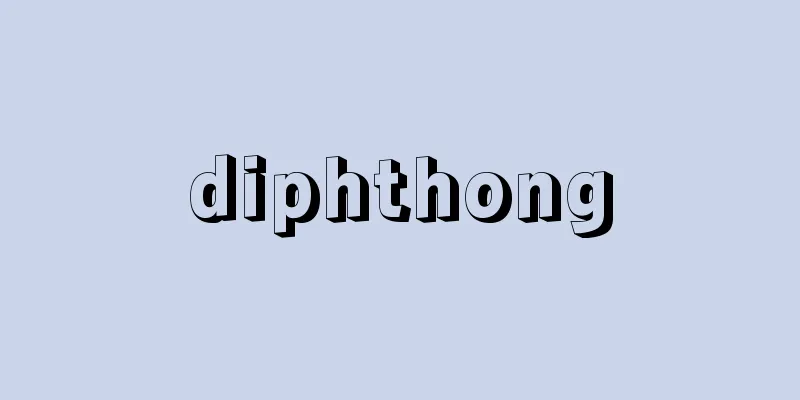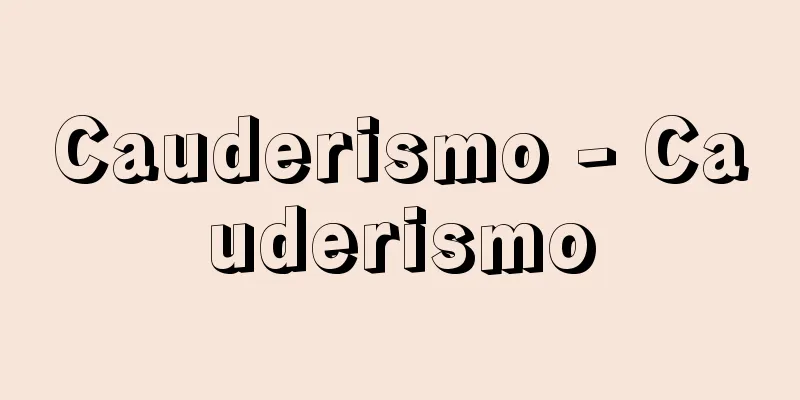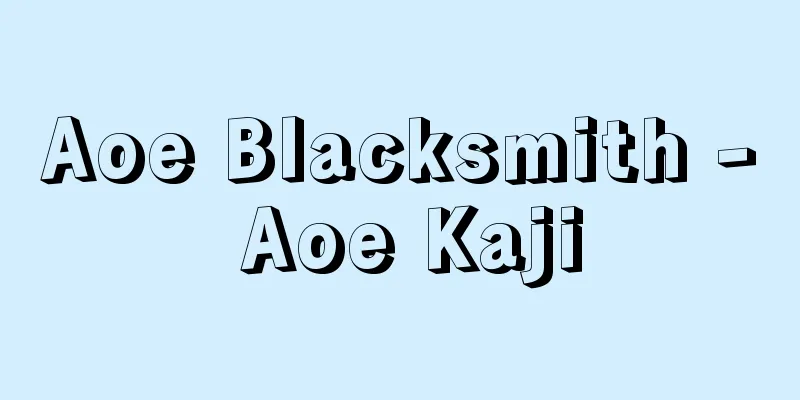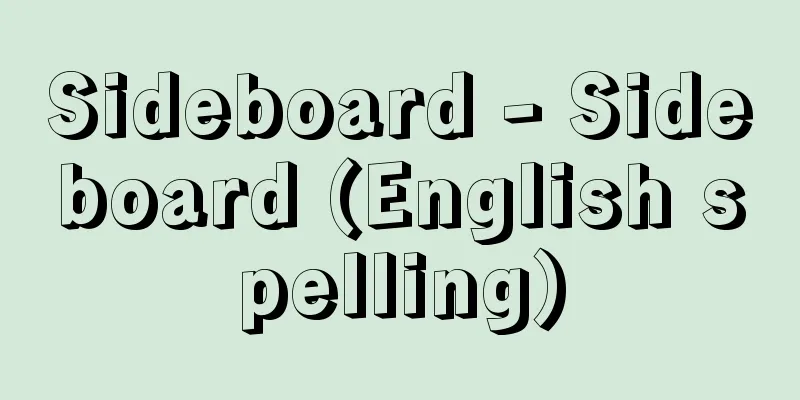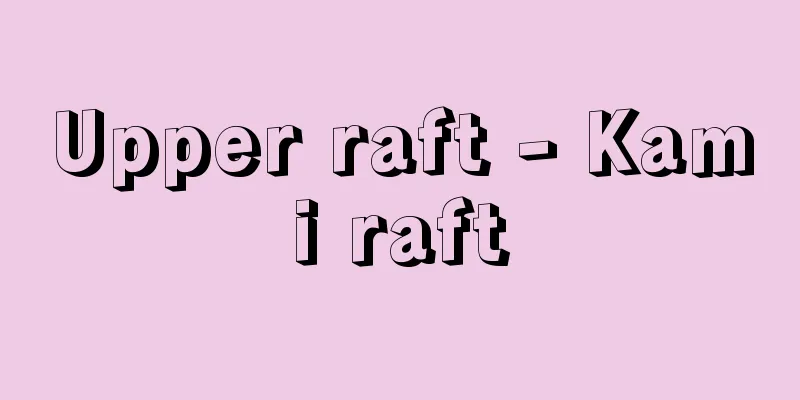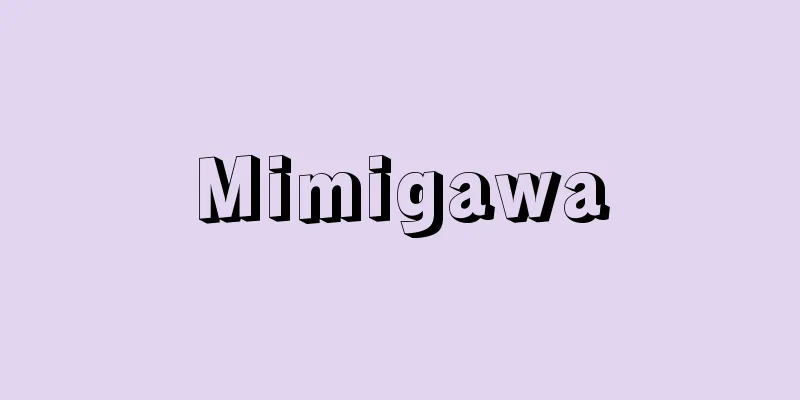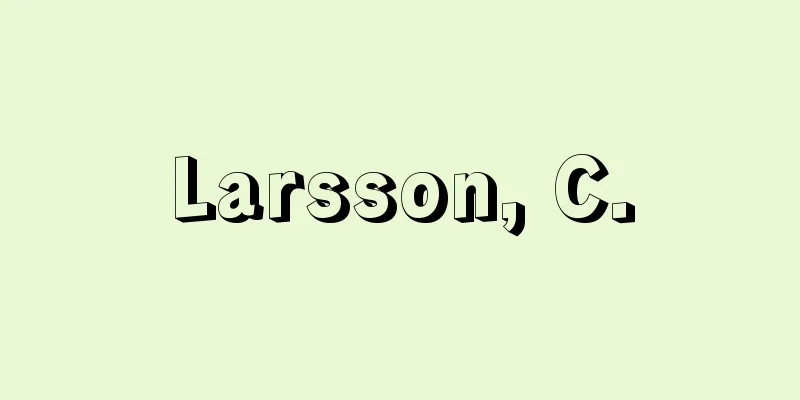"Woman Enters the Mountains of the Demon Castle"
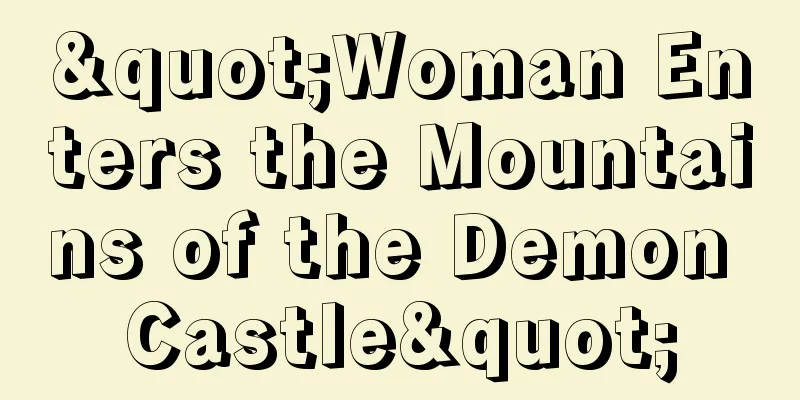
|
...In Kyoto and Osaka, the oldest work is considered to be Fujitsubo no Onryo (The Vengeful Spirit of Fujitsubo) by Chikamatsu Monzaemon at the Mandayu Theatre in Kyoto in 1677 (Enpo 5), but this is not certain. The terms uwanari and uwanariuchi in Kabuki can be seen in the section on Imamura Kyuemon in Yaro Yakusha Furyukyo (The Mirror of the Male Actors) published in 1688 (Genroku 1), in the section on Tamagawa Sennojo in Kokin Shiba Ishoku Kei Hyakunin Isshu (The Poems of the 100 Poets of the Ancient and Modern Times) published in 1693, and in Onigajyo Onnayamairi (The Woman Entering the Mountains of the Demon Castle) at the Edo Yamamura Theatre in 1702, and are used interchangeably with the performance and direction of vengeful spirits and jealousy. It was developed and perfected mainly by female actors during the Genroku period, and in reality it seems to have been in the style of Shosagoto and had a strong element of Keren (fair play). ... From "The Four Heavenly Kings"...Kinpira Joruri, a famous old Joruri, features the "Four Heavenly Kings of Children," centered around Kintoki's son Kinpira. In Kabuki, examples of this include "The Four Heavenly Kings: Osanadachi," which is said to have been performed at the Edo Nakamura-za in 1673 (Enpo 1), "Today's Shuten-doji" at the Nakamura-za in July 1701 (Genroku 14), "Onigajo Onnayamairi" at the Edo Yamamura-za in July the following year, "The Four Heavenly Kings: Tonoi no Kisewata" (written by Sakurada Jisuke I) at the Nakamura-za in November 1881 (Tenmei 1), "The Four Heavenly Kings: Momiji no Edoguma" (written by Tsuruya Nanboku IV) at the Edo Kawarazaki-za in November 1804 (Bunka 1), and "Danmari of Ichiharano" from "Waseokute Niwasugata" (written by Sakurada Jisuke III) at the Edo Morita-za in August 1863 (Bunkyu 3). In Edo Kabuki, it was often performed at the Kaomise, but it is said that it was around the time of Choshoden Shiraga Kintoki at the Edo Ichimura-za in 1729 (Kyoho 14) that it became established as a Kaomise Kyogen. *Some of the terminology used in "Kishiro Onna Yamairi" is listed below. Source | Heibonsha World Encyclopedia 2nd Edition | Information |
|
…京坂では1677年(延宝5)京の都万太夫座の近松門左衛門作《藤壺の怨霊》が古い作とされるが確実でない。歌舞伎での〈うわなり〉〈うわなり打ち〉の用語は1688年(元禄1)刊《野郎役者風流鏡》今村久右衛門の条〈うはなりのめいじん〉,93年刊《古今四場居色競百人一首》玉川千之丞の条〈うはなりのかいさん〉,1702年江戸山村座の《鬼城女山入(おにがじようおんなやまいり)》に〈うはなりうち〉その他が見え,怨霊・嫉妬の演技・演出と同意に用いられている。おもに元禄期を中心に女方により展開,大成されたものであり,実体は所作事風でケレンの要素も強かったようである。… 【四天王物】より…なお,古浄瑠璃で有名な金平(きんぴら)浄瑠璃は,金時の子の金平を中心とする〈子四天王〉が活躍するものである。歌舞伎では,1673年(延宝1)江戸中村座上演とされる《四天王稚立(おさなだち)》,1701年(元禄14)7月中村座の《当世(いまよう)酒呑童子》,翌02年7月江戸山村座の《鬼城女山入(おにがじようおんなやまいり)》,81年(天明1)11月中村座の《四天王宿直着綿(とのいのきせわた)》(初世桜田治助作),1804年(文化1)11月江戸河原崎座の《四天王楓江戸粧(もみじのえどぐま)》(4世鶴屋南北作),63年(文久3)8月江戸守田座の《当龝(わせおくて)俄姿画》(3世桜田治助作)の中の〈市原野のだんまり〉などがある。江戸歌舞伎では顔見世でよく上演されたが,顔見世狂言として固定化して用いられるようになるのは,1729年(享保14)江戸市村座の《長生殿白髪金時》あたりからだといわれる。… ※「《鬼城女山入》」について言及している用語解説の一部を掲載しています。 出典|株式会社平凡社世界大百科事典 第2版について | 情報 |
Recommend
Tournefort, Joseph Pitton de
Born: June 5, 1656 in Aix-en-Provence [Died] Decem...
Shirataki - Shirataki
The former name of the village (Shirataki Village...
Floating Island
[1] [noun] ① An island-like thing floating on the ...
Cargo (English spelling) cargo
A general term for posts in the autonomous adminis...
Leland, CG (English spelling) LelandCG
…It does not have a special writing system, but i...
Scenic forest - Fuuchirin
In the narrow sense, it is a type of conservation...
Carrier-based fighter
…(5) All-weather fighter: A fighter equipped with...
Seasonal clothing - Jifuku
〘Noun〙① Clothes given to subjects by the Imperial ...
Higashiichiki [town] - Higashiichiki
An old town in the northwest of the Satsuma Penins...
ADF - Adult Development Facility
Auto Document Feeder. A device that can automatica...
Dzungaria
A region in the northeastern part of the Xinjiang ...
Korea Land Survey Project
Surveys and measurements of land ownership, price,...
Thalamita picta (English spelling) Thalamita picta
… [Takeda Masatomo]. … *Some of the terminology t...
Hrvatska
…Official name = Republic of CroatiaRepublika Hrv...
Musashi Seven Party
Small and medium-sized samurai groups were distri...
![Nakayama [town] - Nakayama](/upload/images/67cc64ed8d28e.webp)
